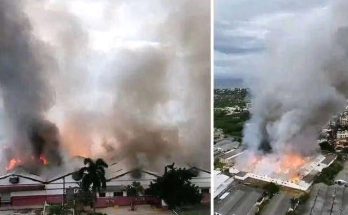In September 2022, an 18-year-old laborer in India died after a heavy metal object struck his forehead at work, causing a catastrophic and medically unclassified cervical spine injury. Despite swift emergency care, including intubation and neck stabilization, he died within 48 hours due to the trauma’s severity.
CT scans revealed an unusual injury: his C5 vertebra was crushed and pushed backward into the spinal canal, while C6 had a secondary fracture. Surprisingly, the facet joints and pedicles remained intact—creating a rare “nutcracker-like” compression that severely damaged his spinal cord.
This pattern defied existing medical classification systems, such as Allen & Ferguson or AO Spine, revealing a gap in how vertical compression injuries are understood and diagnosed. Unlike common trauma types like side impacts or hyperflexion, this case involved a direct vertical force that devastated neurological and respiratory function instantly.
Beyond its medical uniqueness, the case highlights urgent workplace safety concerns. A single lapse—like an unsecured overhead pipe—can have deadly consequences. It’s a tragic reminder of the need for stricter safety protocols and better preparedness for rare but fatal injury patterns



